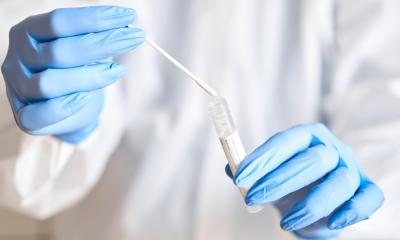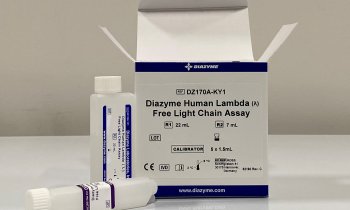Drug for Parkinson's not likely to cause melanoma
People with the movement disorder Parkinson’s disease have a much higher risk of the skin cancer melanoma, and vice versa, a Mayo Clinic study finds. Yet the results of the study argue against the Parkinson's drug levodopa as the cause.

Overall, patients with Parkinson’s were roughly four times likelier to have had a history of melanoma than those without Parkinson’s, and people with melanoma had a fourfold higher risk of developing Parkinson’s, the research found. Medical experts have speculated about the relationship between Parkinson’s and melanoma for decades, with varying conclusions, the Mayo researchers note. Several studies have suggested levodopa, a drug for Parkinson’s, may be implicated in malignant melanoma, but the study did not confirm this.
Common abnormalities could cause relation
The Mayo study used the Rochester Epidemiology Project medical records database to identify all neurologist-confirmed Parkinson’s cases from January 1976 through December 2013 among Olmsted County, Minn., residents. The study examined the prevalence of melanoma in those 974 patients compared with 2,922 residents without Parkinson’s. They also identified 1,544 cases of melanoma over that period and determined the 35-year risk of Parkinson’s in those patients compared with the risk in the same number of people without melanoma. The results support an association between Parkinson’s disease and melanoma, but argue against levodopa as the cause, the researchers conclude. It is likelier that common environmental, genetic or immune system abnormalities underlie both conditions in patients who have both, but more research is needed to confirm that and refine screening recommendations, they say.
In the meantime, patients with one of the two diseases should be monitored for the other to help achieve early diagnosis and treatment, and they should be educated about the risk of developing the other illness, the researchers say. The study’s senior author is Jose Pulido, M.D., an ophthalmologist at Mayo Clinic in Rochester, Minnesota, who treats eye melanoma.
Source: Mayo Clinic
09.07.2017











